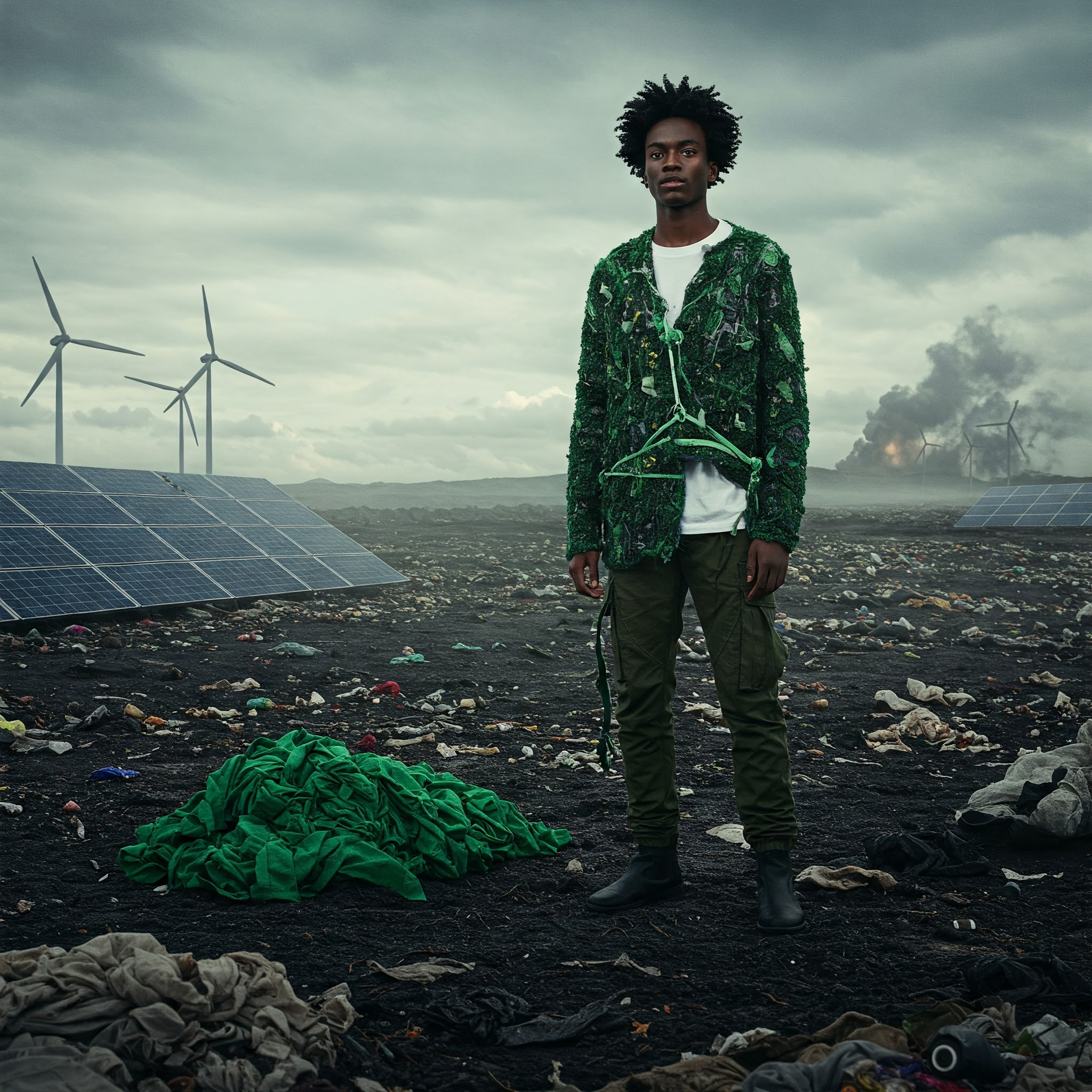The fashion industry, a global powerhouse generating billions of dollars annually and employing millions, is also one of the most environmentally damaging and socially exploitative sectors on the planet. The rise of “fast” fashion”—characterized by rapid production cycles, low costs, high consumption, and disposability—has exacerbated these issues to a critical level. In response, the concept of “sustainable fashion” has moved from a niche concern to a mainstream imperative. However, achieving true sustainability in an industry built on constant newness and consumption is an incredibly complex challenge, requiring systemic change, technological innovation, and a fundamental shift in consumer behavior.
The environmental footprint of fashion is staggering. The production of raw materials, particularly conventional cotton, requires vast amounts of water, pesticides, and land. Synthetic fibers like polyester, derived from fossil fuels, contribute to greenhouse gas emissions during production and release microplastics into waterways with every wash. Dyeing and finishing processes often use toxic chemicals that pollute water sources and pose health risks to workers and communities. Furthermore, the globalized supply chain involves significant transportation emissions. The sheer volume of clothing produced annually—estimated to be over 100 billion garments—coupled with short lifespans and inadequate recycling infrastructure, leads to mountains of textile waste ending up in landfills or being shipped to developing countries, overwhelming their waste systems.
Beyond the environmental toll, the social and ethical challenges are deeply concerning. The pursuit of ever-lower costs by fast fashion brands often comes at the expense of garment workers in developing countries. Issues such as extremely low wages, excessive working hours, unsafe factory conditions, lack of unionization rights, and even child labor are tragically common. The Rana Plaza factory collapse in Bangladesh in 2013, killing over 1,100 workers, served as a stark and horrific reminder of the human cost embedded within the industry’s supply chain. Transparency within complex global supply chains remains a significant hurdle, making it difficult for consumers and even brands themselves to fully trace the origins and production conditions of their clothing.
Addressing these multifaceted problems requires a multi-pronged approach involving significant innovation across the entire fashion value chain. On the materials front, there is a push towards more sustainable alternatives: organic cotton (grown without harmful pesticides), recycled fibers (from plastic bottles or textile waste), and innovative bio-based materials derived from sources like bamboo, hemp, Tencel (made from wood pulp), or even waste products like pineapple leaves or mushroom mycelium. Research is ongoing into lab-grown fibers and dyes that could drastically reduce environmental impact. However, scaling these innovations and ensuring they are truly better throughout their lifecycle (e.g., processing of bamboo can be chemical-intensive) remains a challenge.
Innovation is also crucial in production and supply chain processes. Technologies that reduce water usage in dyeing, minimize chemical use, or utilize renewable energy are being developed and implemented. The concept of localized production or on-demand manufacturing can reduce transportation emissions and potentially offer better oversight of labor practices. Digitalization, including technologies like blockchain, holds promise for improving supply chain transparency, allowing brands and consumers to trace a garment’s journey from raw material to finished product.
Crucially, moving towards sustainability necessitates a shift from a linear “take-make-dispose” model to a circular one. This means designing products for longevity, repairability, and recyclability. Business models are evolving to support this, with the growth of rental platforms (e.g., Rent the Runway, By Rotation), resale marketplaces (e.g., The RealReal, Vinted), and brands offering repair services. Developing effective fiber-to-fiber recycling technologies that can handle blended fabrics and produce high-quality new fibers at scale is a critical area of ongoing research and investment, aiming to keep textile resources in use and out of landfills.
The role of brands in driving sustainability is paramount but also subject to scrutiny. Many companies are setting ambitious sustainability goals, joining initiatives, and obtaining certifications (like GOTS for organic textiles or Fair Trade for social standards). However, the prevalence of “greenwashing”—brands” making misleading or exaggerated claims about their environmental or social credentials—is a significant concern, eroding consumer trust. True commitment requires investment in ethical practices throughout the supply chain, transparency, and a willingness to potentially increase costs.
Ultimately, the consumer plays a vital role. Demand dictates supply. By being more conscious consumers, individuals can drive change. This involves buying less but buying better—investing in quality, durable pieces rather than disposable fast fashion. It means choosing brands with transparent and genuinely sustainable practices. It includes caring for clothes properly to extend their lifespan, repairing items when possible, and participating in resale, rental, or recycling programs. Asking questions about where and how clothes are made empowers consumers and pressures brands.
Achieving a truly sustainable fashion industry is not a simple fix; it’s a transformative journey requiring collective action from designers, manufacturers, policymakers, and consumers alike. It involves technological breakthroughs, new business models, stricter regulations, and a fundamental re-evaluation of our relationship with clothing—moving away from seeing it as a disposable commodity to valuing it as a resource, a craft, and a form of expression that should not come at the expense of the planet or its people. While the challenges are immense, the growing awareness and ongoing innovations offer hope for a future where fashion is as responsible as it is beautiful.


